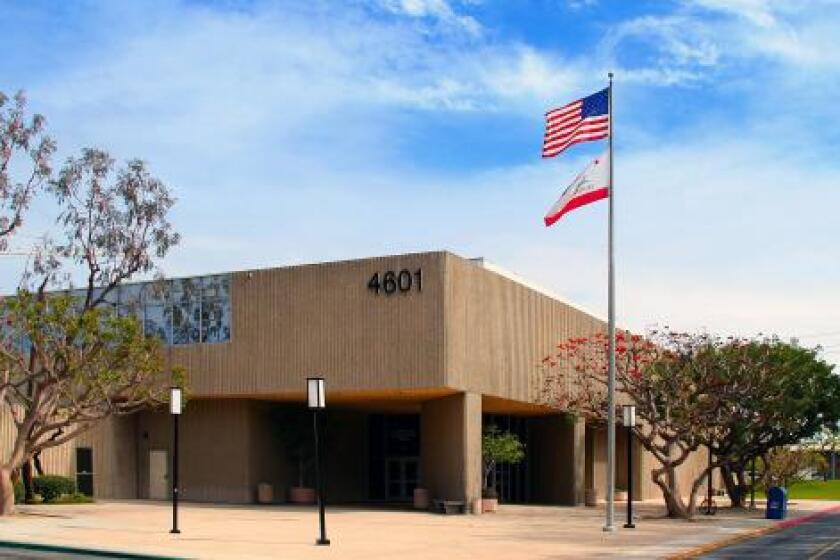District alters conduct code
- Share via
Marisa O’Neil
Students caught drinking, using drugs or under the influence of
either on campus or at school functions now have an alternative to
the automatic school transfer they previously faced under the
district’s code of student conduct.
Under the previous version of Rule and Regulation 4210, students
under the influence on campus or at school functions faced a five-day
suspension and involuntary transfer to another district school for 90
days. Now, if students complete two new educational programs, they
can return to their home school in as little as one-third that time.
“We’re excited to see the district move beyond zero-tolerance into
counseling and providing help for students,” Harbor Council PTA
President Patty Christiansen said.
The district board of trustees on Tuesday night approved a
contract with the National Council on Alcoholism and Drug
Dependence-Orange County for the two programs, which will educate
students and their parents about drug and alcohol use. The revision
came after a series of town hall meetings and board study sessions
over the last year.
“It’s another opportunity to provide some assistance to students
and families and provide other means in terms of enhancing our 4210
policy,” said school board member Martha Fluor, whose son had a
problem with drugs. “While it’s very strict, it left very few options
and very little support at the back end.”
The two programs are Second Chances, a three-day program for
students that is based on a similar program in the Tustin Unified
School District, and the Juvenile Alcohol and Drug Education program,
which covers two evenings and parents attend with their children.
It has been used with great success in the Capistrano Unified
School District for the past two years, Fluor said.
Students who successfully complete both programs and 20 hours of
community service -- on top of the 40 required for graduation -- can
significantly shorten the 90 school days spent at a different school,
said Mike Murphy, director of student services for the district.
Rather than the roughly 18-week transfer, Murphy said, students
could apply to return to their home school after as little as six
weeks.
The first Second Chances session will take place in March, he
said, so students with drug and alcohol violations for the rest of
the year can choose the program.
Guest speakers at the Second Chances and Juvenile Alcohol and Drug
Addiction programs will help drive home the point that students
should stay away from drugs and alcohol, said Margie Diaz, director
of adolescent services for the National Council on Alcoholism and
Drug Dependence-Orange County. Trauma nurses, a member of the
coroner’s office and a 20-year-old girl left brain damaged after a
drug overdose give presentations about the effects of both.
A worker also brings in drug-addicted babies for the children to
see.
“They see this kid running around, giving them high-fives and
everything and she explains that a year from now it will be in a
wheelchair and that it screams 22 hours straight because it’s so
addicted,” Diaz said.
Students must also undergo drug testing, which often come back
positive and serve as a wake up call to parents in denial, she said.
Both programs will be funded with money from an anonymous donor
through the end of the year, Murphy said. If they work out, the
district will try to get funding for them to continue.
All the latest on Orange County from Orange County.
Get our free TimesOC newsletter.
You may occasionally receive promotional content from the Daily Pilot.



